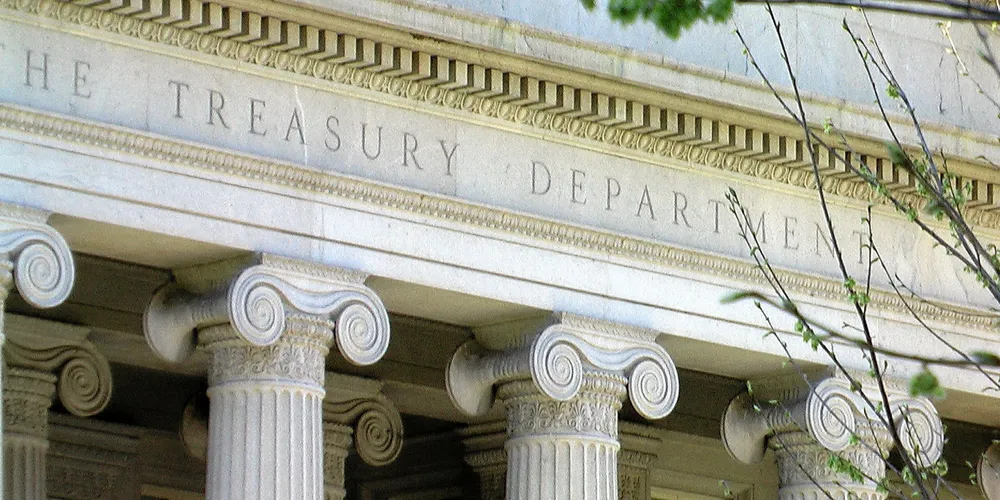'It's complicated' | Why the $369bn US green revolution is a devil of a detailed task
Officials are working 'round the clock' to provide the clarity needed to unleash the full potential of the historic IRA climate law, writes Richard Kessler

Officials are working 'round the clock' to provide the clarity needed to unleash the full potential of the historic IRA climate law, writes Richard Kessler
